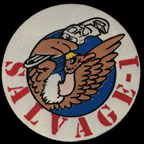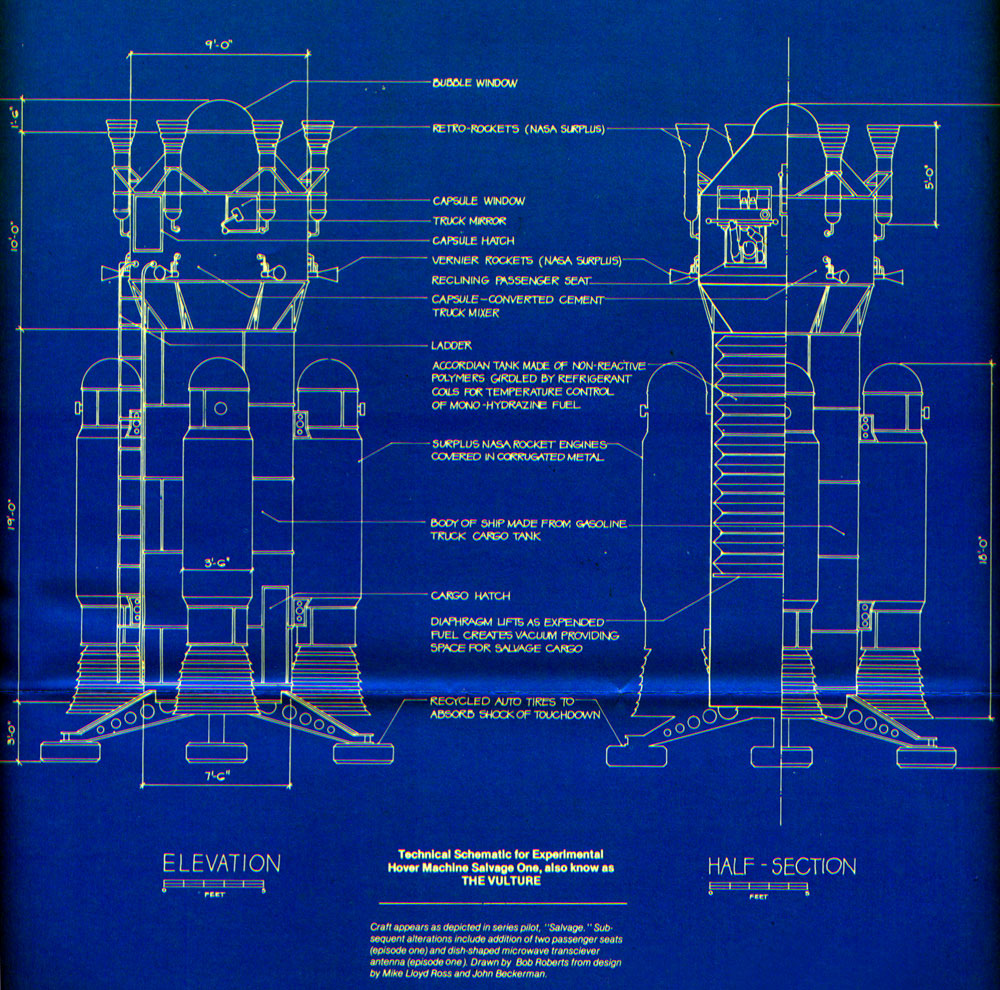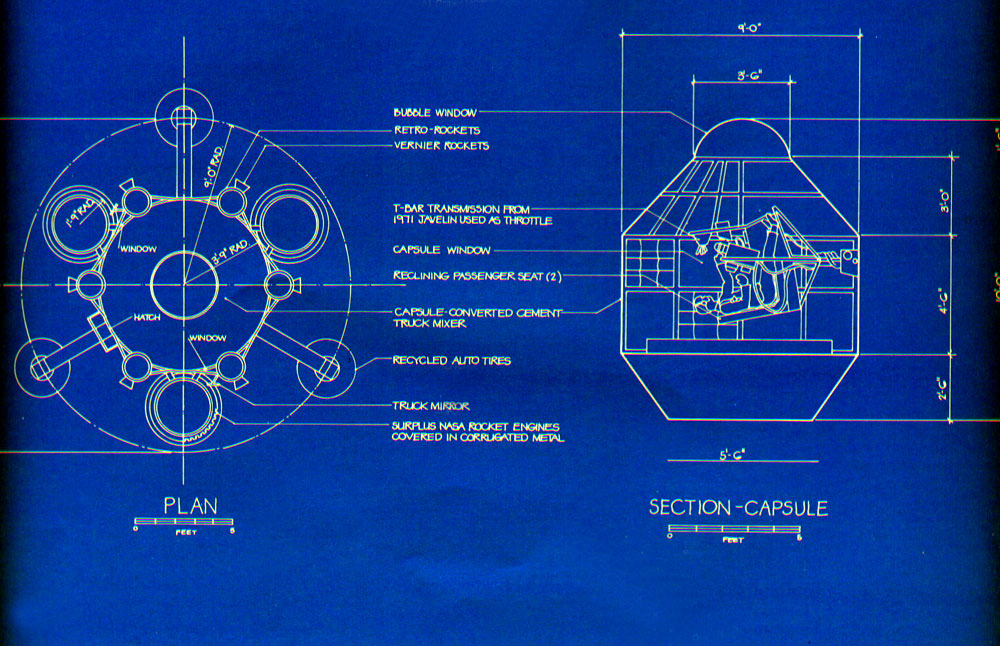Series creator Michael Lloyd Ross’s vision was to have the Vulture assembled from material that could feasibly be obtained from America’s junkyards. And that’s exactly how Ross’s fictional Harry Broderick and company put her together.
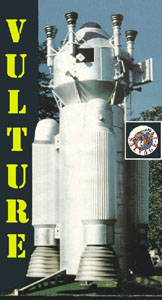 | 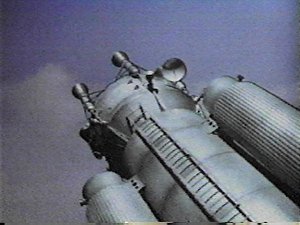 |
The main fuselage/fuel tank/cargo bay was a former Texaco gasoline tanker truck. The command capsule was fashioned from a cement mixer, while the main, thruster, and retro rockets were purchased as surplus or used salvage from NASA and other aerospace operations. Old tires were used to cushion the Vulture’s impact on landing.
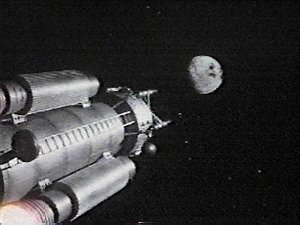
Originally a two-seater for the moon mission of the pilot episode, the interior of the capsule was later redesigned for the series, allowing all three leads to travel together on their various adventures. The interior capsule control panels were made up from knobs, shifters, and dials from every imaginable source, and even featured a stereo cassette deck that was capable of broadcasting messages on the International Distress Frequency as well as setting a romantic mood on the way to the moon.

According to the script, the Vulture stands 30 feet high, and measured 10 feet in diameter, roughly one-tenth the size of the rockets used on the Apollo missions. Its comparatively small size is attributable to the fact that instead of traditional rocket fuel, the Vulture used an extremely powerful but highly volatile fuel derived from the fictional explosive “mono-hydrazine,” a single drop of which could send a 500 lb engine block 20 feet into the air. In order to prevent the Vulture from overheating, a sophisticated cooling system was required. A diaphragm within the fuel tank was designed to rise as fuel is spent, creating cargo space in the Vulture’s belly.
However, after the Vulture’s return to earth, the government ruled that mono-hydrazine was too unstable to be used as fuel, leading Harry and his team to convert the ship to run on traditional rocket fuel, effectively ensuring the ship would never leave Earth orbit again.
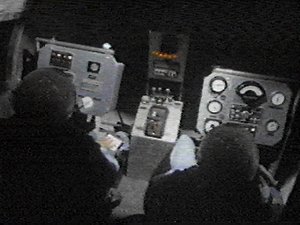
Harry initially had difficulty finding an existing Federal Aviation Administration category that would allow him to legally license the Vulture. Ironically, it is Jack Klinger of the FBI that helps Harry and his team classify the Vulture as a “hovercraft.” Thus, “Vulture” was dropped as the name of Harry’s homemade spaceship. Throughout the short run of the series, the craft was referred to as either “Salvage” or “Salvage 1.”
